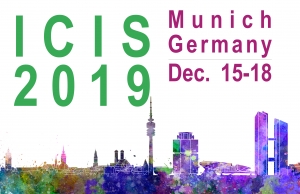Paper ID
3101
Paper Type
full
Description
The proliferation of creative work produced and available in a digital commons has enabled a new form of organizing for innovation, solving unmet needs and disseminating those solutions to potential users. One proposed model for leveraging the commons is the private-collective, by which private actors apply their resources to contribute to the commons while simultaneously pursuing self- and other-regarding interests. Here we examine the relationship between provision and appropriation in a particular digital commons, the Thingiverse online repository of free digital objects intended for 3D printing, with sharing and reuse governed by a range of software and Creative Commons licenses. From a dataset of 119,376 digital designs by 38,994 individual designers, we show that the degree of follow-on innovation stimulated by these designs is predicted by the designer’s reuse patterns and the choice of license for a specific design, which together encourage a pattern of reciprocal collaboration with other contributors. From this, we offer implications for the private-collective model and digital innovation.
Recommended Citation
Kuk, George and West, Joel, "Taming Rivalry: Reciprocity in Governing Digital Semi-Commons" (2019). ICIS 2019 Proceedings. 14.
https://aisel.aisnet.org/icis2019/is_heart_of_innovation_ecosystems/innovation_ecosystems/14
Taming Rivalry: Reciprocity in Governing Digital Semi-Commons
The proliferation of creative work produced and available in a digital commons has enabled a new form of organizing for innovation, solving unmet needs and disseminating those solutions to potential users. One proposed model for leveraging the commons is the private-collective, by which private actors apply their resources to contribute to the commons while simultaneously pursuing self- and other-regarding interests. Here we examine the relationship between provision and appropriation in a particular digital commons, the Thingiverse online repository of free digital objects intended for 3D printing, with sharing and reuse governed by a range of software and Creative Commons licenses. From a dataset of 119,376 digital designs by 38,994 individual designers, we show that the degree of follow-on innovation stimulated by these designs is predicted by the designer’s reuse patterns and the choice of license for a specific design, which together encourage a pattern of reciprocal collaboration with other contributors. From this, we offer implications for the private-collective model and digital innovation.


